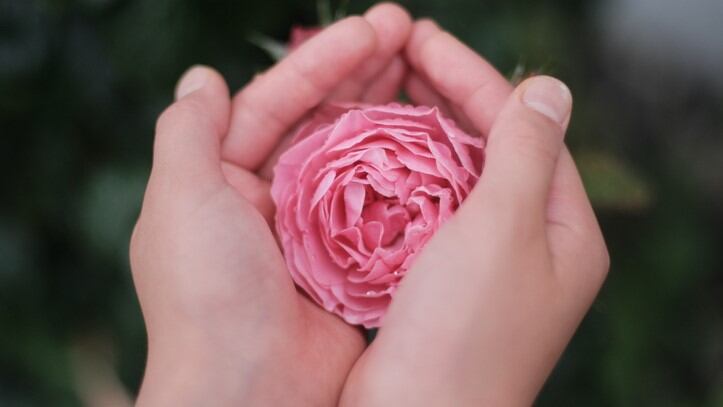This study was conducted by a team from Floriculture Research Division, National Institute of Horticultural and Herbal Science (NIHHS), Rural Development Administration (RDA).
Calluses were cultivated from the petals of the Rosa hybrida breeding line, 15R-12-2. This breeding line was developed by the NIHHS, RDA and is known for its strong fragrance.
An analysis revealed the presence of thirty components, encompassing various esters and alcohols, in the petal-derived callus.
Notably, a significant amount (59.01%) of 2-ethylhexan-1-ol, the same volatile organic compound (VOC) found in the petals was found.
Additionally, compounds previously undetected in petals, were identified in the calluses. This included hexanal, which imparts a fresh grass scent, and 6-methylhept-5-en-2-one, which emits a “tangerine-like lemongrass scent”.
The study suggested that callus could potentially be an alternative source of obtaining VOCs.
“Callus containing these VOCs is expected to have a high value in the industry and can be proposed as an alternative pathway to obtaining volatile organic compounds.”
Callus cultivation
The calluses were cultivated over four weeks culturing the petal explants in a medium in darkness.
Callus formation was more robust in the fully open flowers (FOF) stage compared to the partially open flower (POF) stage. FOF petals also exhibited lower browning rate.
According to the paper, the white rose breeding line 15R-12-2 proved effective in mitigating browning and inducing callus formation due to its superior antioxidant capacity, particularly evident in the FOF petals compared to those of the POF stage.
An essential material
The essential oil market has been steadily expanding due to the increasing awareness of the advantages associated with natural and organic products, as well as a focus on wellness and self-care.
Citing a market report, the paper state that global essential oils market size reached USD8.74bn in 2020 and is expected to grow at a CAGR of 9.57% from 2021 to 2028.
“Rose oil produced in Turkey is traded at a very high price because its content is low enough to obtain only 1 kg of oil from approximately 3,000 kg of Rosa damascene petals. In addition, because essential oil is extracted from fresh flowers harvested from late May to late June, it is affected by various factors such as temperature, humidity, and precipitation. Therefore, it is necessary to develop a system that stably supplies raw materials with uniform ingredients in line with the continuous increase in demand.”
To meet this growing demand, a stable supply of uniform raw materials was needed, the researchers noted.
“Biomass production using callus is one of the methods widely used as a production platform because it enables a stable supply of raw materials without contamination. Moreover, cells grown in vitro have a much more diverse secondary metabolite profile than plants grown in soil, and the profile of secondary metabolites may be altered. Therefore, new and pure compounds can be synthesised through cell culture.”
Source: Plants
Callus Derived from Petals of the Rosa hybrida Breeding Line 15R-12-2 as New Material Useful for Fragrance Production
Authors: Lee et al.




